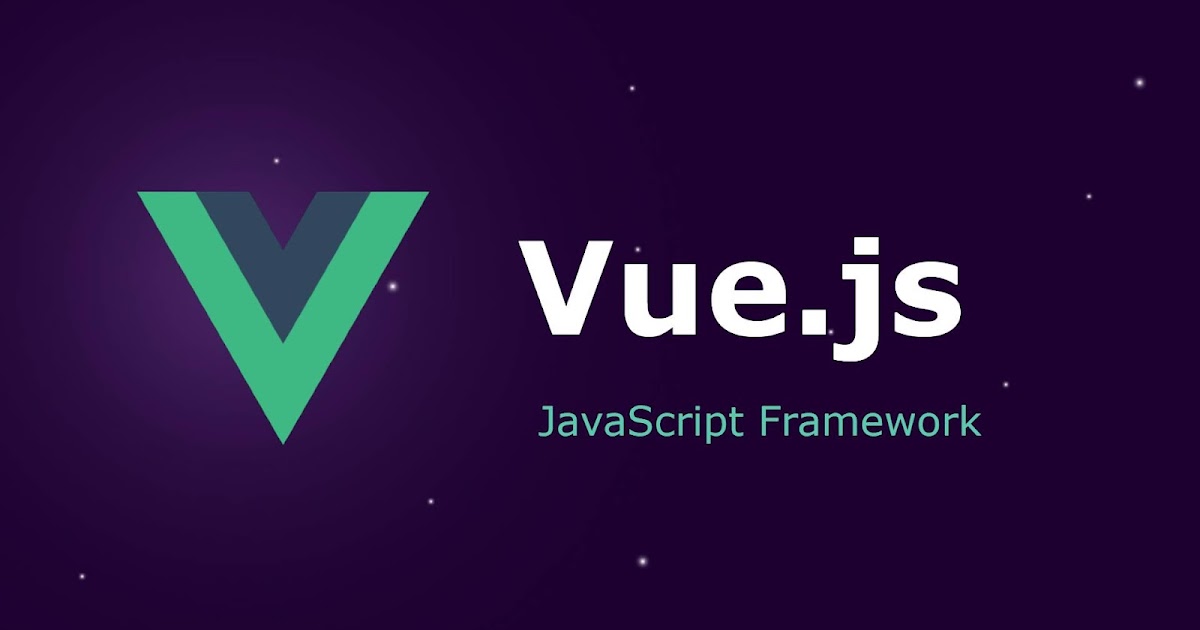Django: Comprehensive Overview
Django: Comprehensive Overview
Key Takeaway: Django’s “batteries-included” philosophy, strong security defaults, and mature ecosystem deliver rapid development of robust, scalable, and maintainable database-driven web applications—ideal for agencies building client platforms under tight deadlines.
Introduction
Django is a free, open-source Python web framework that follows the Model-View-Template (MVT) architectural pattern. Designed for “perfectionists with deadlines,” it provides built-in components—ORM, admin interface, authentication, caching, and security protections—so developers can focus on application logic rather than wiring infrastructure1. Major sites like Instagram, Pinterest, and Mozilla rely on Django’s stability and feature set1.
History and Creators
- Origins (2003–2005): Developed at the Lawrence Journal-World newspaper by Adrian Holovaty and Simon Willison, with Jacob Kaplan-Moss joining soon after. They needed a rapid, maintainable way to publish news sites.
- Public Release (July 2005): Version 0.90 launched under the BSD license. Named after jazz guitarist Django Reinhardt, reflecting its creators’ passion for elegance 2.
- Django Software Foundation (2008): Established as a 501(c)(3) nonprofit to steward development, documentation, and community growth 2.
- Version Evolution:
- 1.x Series (2008–2015): Introduced admin UI, migrations, class-based views, CSRF protection, and Python 3 support.
- 2.x Series (2017–2019): Embraced simplified URL syntax, native async support (ASGI), and new LTS tracks.
- 3.x Series (2019–2021): Added async views, middleware, and optional ASGI server.
- 4.x Series (2021–2023): Enhanced asynchronous ORM, dropped deprecated Tokio, and improved JSON handling.
- 5.2 LTS (April 2025): Latest long-term support release, including composite primary keys and shell enhancements. 6.0 preview arrives in late 2025 with further async improvements2.
Benefits
- Rapid Development:
Django’s CLI scaffolds projects, models, and CRUD interfaces in minutes. Its admin site auto-generates based on models, slashing boilerplate1. - Security by Default:
Built-in protections against XSS, CSRF, SQL injection, and clickjacking activate out-of-the-box, with frequent community-driven patches 1. - Batteries-Included Ecosystem:
Core features include ORM, templating, internationalization, caching, and form handling. Over 5,000 reusable third-party apps (e.g., Django REST Framework, Wagtail) extend capabilities2. - Scalability:
Proven at scale—Instagram serves over 1 billion users via a microservices architecture. Django’s modular apps and middleware support horizontal scaling across load-balanced clusters3. - Maintainability:
Strict project structure and the “Don’t Repeat Yourself” (DRY) principle enforce clear separation of concerns, making large codebases easier to navigate and test2. - Community and Support:
A vibrant global community hosts DjangoCon events in the US, Europe, and beyond, fostering collaboration and best practices. Official documentation is widely praised for clarity2.
Drawbacks
- Monolithic Structure:
Django’s default conventions (settings, apps, ORM) can feel rigid; deviating from the “Django way” often requires custom configuration or workarounds3. - Learning Curve:
Mastering MVT, middleware, signals, and the ORM requires time. Developers migrating from minimalistic frameworks may find Django’s depth overwhelming3. - Not Ideal for Small Projects:
The overhead of boilerplate and configuration can slow development on lightweight APIs or microservices, where frameworks like Flask or FastAPI may be leaner choices3. - Tightly Coupled Components:
Core apps (admin, auth) depend on the ORM. Replacing the database layer or template engine is possible but requires significant effort2. - Limited Asynchronous Support:
While Django 4.x introduced async views and ORM methods, full async maturity lags behind specialized async frameworks, potentially limiting throughput for high-concurrency workloads2.
Use Cases
| Category | Description |
|---|---|
| MVPs & Prototypes | Generate working CRUD apps with authentication, admin panels, and APIs in hours using startproject, startapp, and the admin interface3. |
| Content Management Systems | Build blog platforms, news sites, and portals leveraging the templating engine, built-in RSS/Atom feeds, and the “Sites” framework for multi-site setups2. |
| E-commerce Platforms | Utilize the ORM for complex product catalogs, integrate third-party payment modules, and secure user data with Django’s authentication framework3. |
| RESTful & GraphQL APIs | Combine Django REST Framework or Graphene-Django with serializers and viewsets to expose robust, versioned APIs for web and mobile clients34. |
| Data-Driven Dashboards | Rapidly assemble analytics UIs and reporting tools using Django’s ORM for aggregation, caching for performance, and templates for customization3. |
| Social Networking Sites | Scale features like user feeds, notifications, and messaging through reusable apps and Django Channels for WebSocket support in real-time features5. |
| Enterprise CRM/ERP Systems | Leverage Type-safe models, migrations, and role-based auth to build large-scale administrative portals with strict auditing and modular plugins3. |
Conclusion
Django’s comprehensive feature set, robust security, and mature ecosystem make it a top choice for building secure, scalable, and maintainable web applications. While its rigidity and boilerplate may deter ultra-lightweight projects, for client engagements demanding rapid delivery of complex, data-driven platforms—MVPs, CMS, e-commerce, and enterprise systems—Django delivers unmatched productivity and reliability. By pairing Django with specialized tools (e.g., DRF for APIs, Channels for real-time, Celery for background tasks), agencies can craft future-proof, high-performance solutions that delight clients and end users alike.
references:
- https://www.djangoproject.com
- https://en.wikipedia.org/wiki/Node.js
- https://pythongeeks.org/advantages-disadvantages-of-django/
- https://testdriven.io/blog/drf-pros-cons/
- https://djangostars.com/blog/10-popular-sites-made-on-django/
- https://www.reddit.com/r/django/comments/18b6n21/use_cases_of_django/
- https://krify.co/advantages-and-disadvantages-of-django/
- https://www.netguru.com/blog/django-apps-examples
- https://www.reddit.com/r/django/comments/16mmwtr/what_do_you_think_are_the_disadvantages_of_django/
- https://www.planeks.net/what-is-django-used-for/
- https://www.softkraft.co/django-for-startups/
- https://sunscrapers.com/blog/pros-and-cons-of-using-django-for-web-development/
- https://forum.djangoproject.com/t/can-i-use-django-in-software-engineering-or-software-development-sector/6371
- https://careerfoundry.com/en/blog/web-development/django-framework-guide/
- https://seclgroup.com/15-websites-and-web-apps-built-with-django/
- https://www.netguru.com/blog/django-pros-and-cons
- https://sunscrapers.com/blog/companies-and-apps-that-use-python-django/
- https://www.coursera.org/articles/what-is-django
- https://developer.mozilla.org/en-US/docs/Learn_web_development/Extensions/Server-side/Django/Introduction
